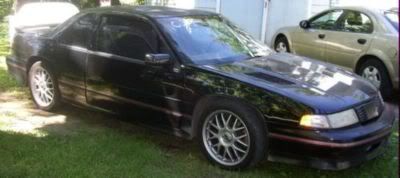Originally posted by SappySE107
View Post
I'm not saying reducing friction isn't important, just that engine efficiency isn't going to suddenly jump 50% by reducing friction.



Comment